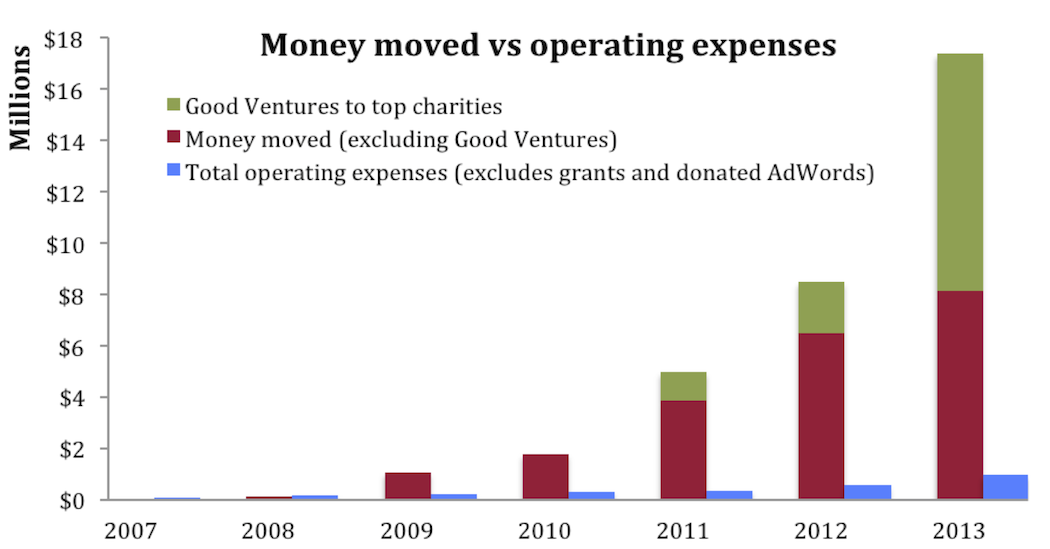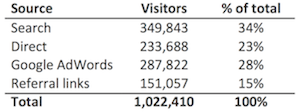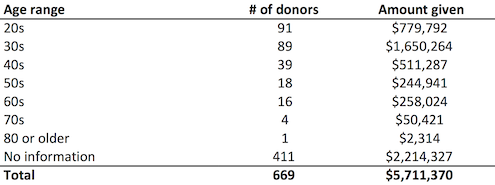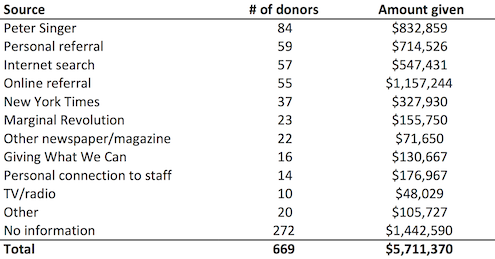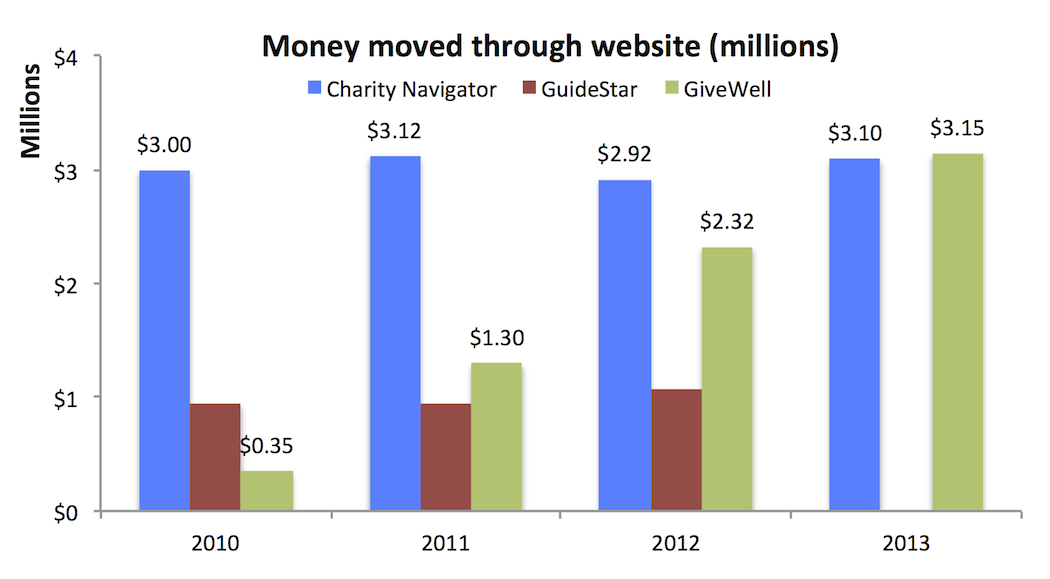The Against Malaria Foundation (AMF) was our top-rated charity for approximately two years, before we suspended our recommendation last November for room for more funding related reasons.
We are happy to see that it has recently finalized an agreement to fund 676,000 nets – at a total cost of ~$2 million – in the Democratic Republic of Congo (DRC).
Our impression is that DRC is a very difficult country to work in; that said, our impression from speaking with AMF is that the agreement has met its high standards for monitoring and evaluation, and that we can expect strong reporting on this distribution. We will be following up and posting updates on the distribution’s progress.
We are not yet reinstating our recommendation of AMF, as it has still not committed the bulk of the funds it has available, but this is an important step forward – the largest single distribution AMF has finalized to date. AMF is still negotiating other potential distributions, and we are hopeful that it will commit the bulk of its funds and return to our top charities list.

